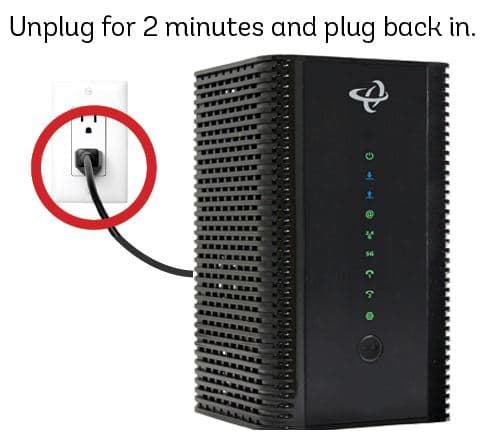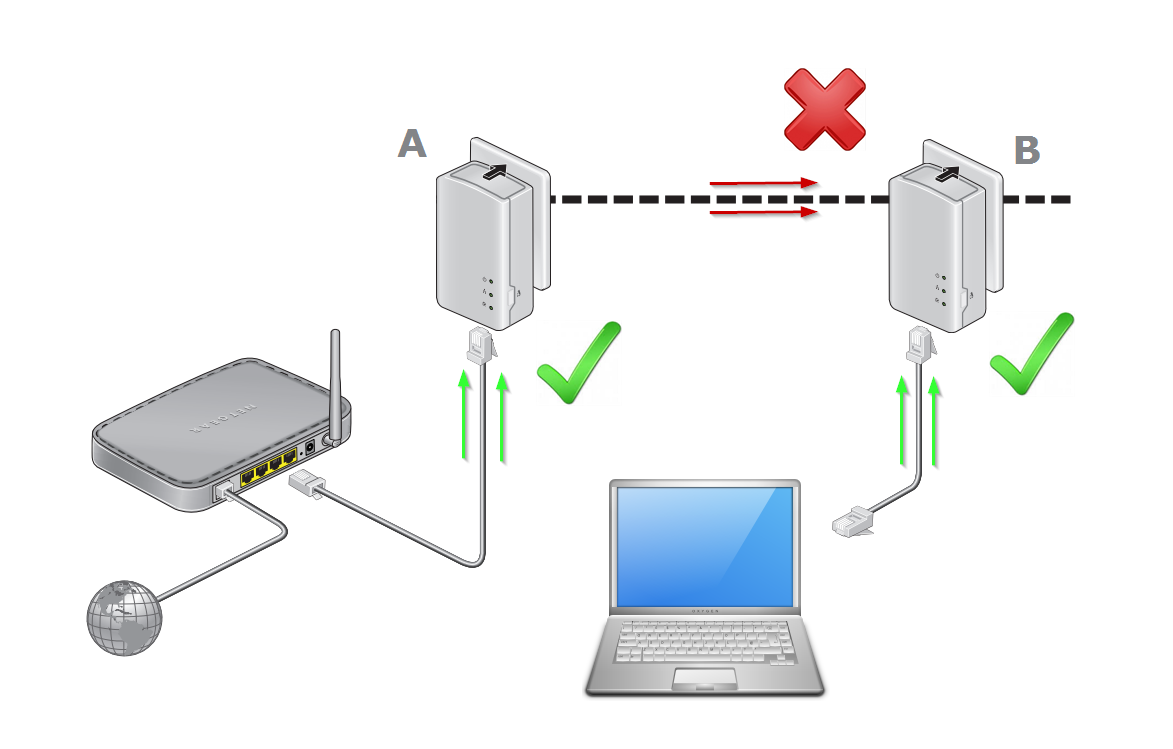In the ever-evolving world of television, keeping up with the latest options can be challenging. As content providers continually introduce new services and bundles, the lines between traditional TV and streaming have blurred. If you’re struggling to differentiate between cable, satellite, IPTV, and OTT streaming, you’re not alone. In this comprehensive guide, we’ll demystify these TV technologies, explore their pros and cons, and help you determine which one best suits your needs in 2024.
Understanding Your TV Streaming Options
Before diving into the specifics of each TV option, let’s briefly overview the four main categories:
- Cable TV: The traditional method of delivering television programming through coaxial cables connected to a set-top box.
- Satellite TV: A wireless system that transmits TV signals via communication satellites, requiring a satellite dish and receiver.
- IPTV (Internet Protocol Television): A method of delivering TV content over the internet, typically through a dedicated network managed by the provider.
- OTT (Over-the-Top) Streaming: Video content delivered via the public internet, without the need for a traditional cable or satellite subscription.
As technology has advanced, so have our TV viewing habits. The rise of high-speed internet and smart devices has made streaming more accessible than ever, leading to a surge in cord-cutting as viewers opt for more flexible, cost-effective options.
Cable TV: The Traditional Choice
Cable TV has been a household staple for decades. It works by transmitting television signals through coaxial cables that run directly to your home. Once the signal reaches your residence, it’s decoded by a set-top box connected to your TV.
Advantages:
- Extensive channel variety, including local programming
- Bundle deals often include internet and phone services
- Reliable service with minimal disruptions
Disadvantages:
- Long-term contract commitments
- Rising costs due to hidden fees and equipment rentals
- Limited flexibility and customization options
Despite the growing popularity of streaming, cable TV remains a go-to choice for viewers who prefer a traditional viewing experience and access to a wide range of channels.
Satellite TV: Widespread Availability
Satellite TV is a wireless system that delivers television programming via communication satellites orbiting the Earth. A satellite dish mounted on or near your home receives the signal, which is then transmitted to a receiver connected to your TV.
Pros:
- Widely available, even in rural areas where cable infrastructure is limited
- Competitive pricing compared to cable packages
- High-quality picture and sound
Cons:
- Signal disruptions due to weather conditions
- Higher upfront costs for equipment installation
- Potential for signal latency or delay
Satellite TV remains a viable option for those living in areas without access to cable or reliable internet service.
IPTV: TV Meets the Internet
IPTV, or Internet Protocol Television, delivers television programming over the internet through a dedicated, managed network. Unlike cable or satellite, IPTV uses a set-top box that decodes video content streamed via your internet connection.
Benefits:
- Interactive features like video on demand and personalized recommendations
- Ability to record, pause, and rewind live TV
- Seamless integration with other internet-based services
Drawbacks:
- Reliance on a stable, high-speed internet connection
- Limited availability compared to cable or satellite
- Potential for buffering or quality issues during peak usage times
IPTV offers a more personalized and flexible viewing experience, making it an attractive option for tech-savvy consumers.
OTT Streaming: The Future of TV?
OTT, or Over-the-Top streaming, refers to video content delivered via the public internet without the need for a traditional cable or satellite subscription. This category includes popular services like Netflix, Hulu, Amazon Prime Video, and Disney+.
Advantages:
- On-demand access to a vast library of content
- Flexibility to watch on various devices (smart TVs, phones, tablets)
- Lower monthly costs compared to cable or satellite subscriptions
- No long-term contracts or hidden fees
Challenges:
- Content fragmentation across multiple platforms
- Dependence on internet bandwidth and data caps
- Potential for buffering or quality issues during peak usage times
The rise of OTT streaming has revolutionized the way we consume television, offering unprecedented control and customization. As more viewers cut the cord in favor of streaming, traditional TV providers are feeling the pressure to adapt.
Choosing the Right TV Service for You
With so many options available, deciding on the best TV service can be overwhelming. Consider the following factors when making your choice:
- Budget: Determine how much you’re willing to spend on TV entertainment each month. Don’t forget to factor in hidden costs like equipment rentals and installation fees.
- Viewing habits: Reflect on your watching preferences. Do you enjoy channel surfing, or do you prefer binge-watching specific shows? Do you need access to live sports or local programming?
- Location: Consider the availability of each TV option in your area. Rural locations may have limited access to cable or high-speed internet, making satellite a more viable choice.
To help you compare your options, we’ve created a handy table summarizing the key features and costs of each TV service:
| Service | Monthly Cost | Contract | Equipment | On-Demand | DVR |
|---|---|---|---|---|---|
| Cable | $50-$200 | 1-2 years | Set-top box | Limited | Extra fee |
| Satellite | $50-$150 | 1-2 years | Satellite dish + receiver | Limited | Extra fee |
| IPTV | $20-$100 | Month-to-month | Set-top box | Extensive | Included |
| OTT | $0-$50 | None | Smart device or streaming player | Extensive | Cloud-based |
Keep in mind that these are general estimates, and actual costs may vary depending on your location and specific package.
Expert Recommendations
Based on your unique needs and preferences, here are some expert recommendations for choosing the best TV service:
- For traditional TV lovers: If you enjoy a wide variety of channels and don’t mind long-term contracts, cable or satellite TV may be the best fit.
- For cord-cutters on a budget: If you’re looking to save money and don’t require access to live programming, an OTT streaming service like Netflix or Hulu could be the way to go.
- For the best of both worlds: If you want the flexibility of streaming combined with the benefits of traditional TV, consider an IPTV service that offers live channels and extensive on-demand content.
Remember, there’s no one-size-fits-all solution. The key is to find a TV service that aligns with your viewing habits, budget, and lifestyle.
The Future of TV Viewing
As technology continues to evolve, so does the landscape of television. Here are some trends shaping the future of TV viewing:
- Personalization: Artificial intelligence and machine learning are enabling more personalized content recommendations and viewing experiences.
- Interactive content: Expect to see more interactive elements like choose-your-own-adventure stories and immersive experiences blending TV with virtual or augmented reality.
- Bundling and consolidation: As competition heats up, look for more streaming services to offer bundled packages or merge to create comprehensive content libraries.
These trends will likely impact the way we consume television across all platforms, from cable and satellite to IPTV and OTT. Traditional providers may need to innovate and adapt to keep pace with the rapidly evolving streaming market.
Conclusion
In the dynamic world of television, understanding the differences between cable, satellite, IPTV, and OTT streaming is crucial for making an informed decision about your home entertainment. By evaluating your unique needs, preferences, and budget, you can choose a TV service that delivers the content and features you desire.
As the lines between traditional TV and streaming continue to blur, it’s an exciting time to be a television viewer. With more options than ever before, you have the power to curate your ideal viewing experience. Embrace the future of TV, and enjoy the incredible variety of entertainment at your fingertips.





